Spielberg Audio Labs Drivers
All of our drivers are carefully selected and matched for optimum linearity, smoothness of dispersion pattern, and ultra low distortion. All woofers have cast magnesium frames, mineral filled polycones (Composite Kevlar in the case of the Monitor I, and II, and rubber surrounds and high temperature voice coils. Our two way speakers use a very low distortion HIVI Planar Mid/Tweeter, with very smooth response on and off axis up to 25khz. Our three way designs make use of ultra low distortion LFT planar magnetic midranges, or the HIVI planar magnetic midrange driver, polycone Midbass drivers, and HIVI planar tweeters. These planar drivers offer an amazing transparency, sense of space, and reproduction of detail. You can close your eyes and these cabinets literally disappear in the sound field due the vanishing low driver distortion and lack of cabinet resonance.
of our drivers are carefully selected and matched for optimum linearity, smoothness of dispersion pattern, and ultra low distortion. All woofers have cast magnesium frames, mineral filled polycones (Composite Kevlar in the case of the Monitor I, and II, and rubber surrounds and high temperature voice coils. Our two way speakers use a very low distortion HIVI Planar Mid/Tweeter, with very smooth response on and off axis up to 25khz. Our three way designs make use of ultra low distortion LFT planar magnetic midranges, or the HIVI planar magnetic midrange driver, polycone Midbass drivers, and HIVI planar tweeters. These planar drivers offer an amazing transparency, sense of space, and reproduction of detail. You can close your eyes and these cabinets literally disappear in the sound field due the vanishing low driver distortion and lack of cabinet resonance.
5" x 7" LFT Planar Midrange
Optimized to operate from 200hz to 4500, the critical midrange band. This driver has from 10 to 100 times less distortion than a conventional cone midrange. 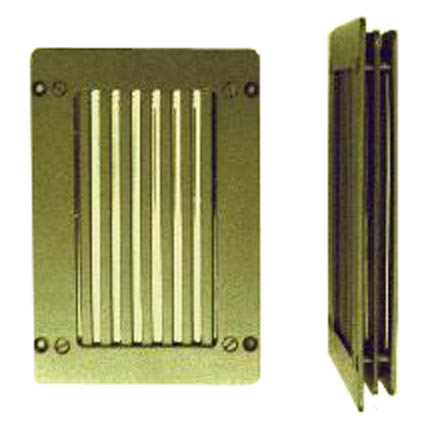 These drivers employ diaphragms that are less than 2 mils in total thickness, allowing for amazing reproduction of transients. The Magnet structures are arranged in push pull design in order to maintain optimum control of the diaphragm regardless of the degree of excursion. The result is extremely linear performance throughout the drivers range, with a profound increase in macro, and micro dynamics, and an absolute minimum of distortion.
These drivers employ diaphragms that are less than 2 mils in total thickness, allowing for amazing reproduction of transients. The Magnet structures are arranged in push pull design in order to maintain optimum control of the diaphragm regardless of the degree of excursion. The result is extremely linear performance throughout the drivers range, with a profound increase in macro, and micro dynamics, and an absolute minimum of distortion.
RT8II Isodynamic Tweeter
Contrary to a conventional electro dynamic driver, this transducer has a driving force distributed evenly over the whole area of the vibrating element.
The key element of the RT8ii is the membrane, which consists of Kapton? Film with a pattern of Aluminum conductors. 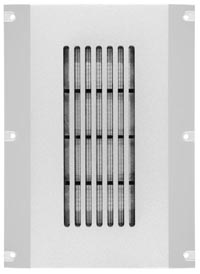 The conductors cover about 90% of the whole vibrating area. The membrane assembly is precisely placed between two rows of 36-way Neodymium bar magnets. This tweeter is magnetically shielded and is an extremely flat driver.
The conductors cover about 90% of the whole vibrating area. The membrane assembly is precisely placed between two rows of 36-way Neodymium bar magnets. This tweeter is magnetically shielded and is an extremely flat driver.
It has resistive impedance in the audio frequency range. This unique feature provides a friendly load for any amplifier and facilitates easy crossover design. It has an essentially linear phase response that provides time coherent reproduction resulting in accurate musical rhythm and imaging. The vibrating element of the RT8ii is almost weightless to that of a dome tweeter. As a result it provides an immediate and precise response to any transients in the original signal. RT1 has an exceptional ability to reveal the dynamics of instruments with complex high frequency spectra.
Unlike conventional tweeters and electrostatic speakers, the RT8ii has an extremely wide sound dispersion in the horizontal plane.
Contrary to other dynamic tweeters, the RT8ii has well-controlled dispersion in the vertical plane. This feature helps to avoid disturbing floor and ceiling reflections, increasing imaging accuracy. With this tweeter, there is no need to manipulate the network or use multiple units to achieve the restricted vertical directivity necessary for home theater applications.
RT8ii possesses unsurpassed clarity, transparency, and the ability to deliver every tiniest musical detail. Since RT8ii has exceptional ability to reveal the dynamics of instruments and sonic resolution, it is recommended to match it with drivers having similar properties in order to maximize the overall integrity of a speaker system.
Hi Vi, Planar Tweeters
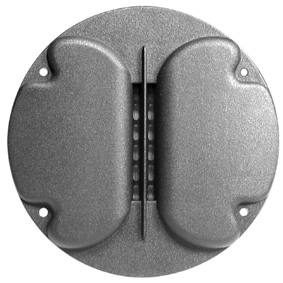 Operate from 4.5K to 45.0K with unbelievable gracefulness and smoothness of response due to the ultra light kapton diaphragm suspended between two neodymium magnet structures. These tweeter have an almost perfect dispersion pattern, 180 degrees horizontal and approximately. 120 degrees vertical. Planar Tweeters do not suffer from the break up modes common to dome drivers, due to there far lower mass.
Operate from 4.5K to 45.0K with unbelievable gracefulness and smoothness of response due to the ultra light kapton diaphragm suspended between two neodymium magnet structures. These tweeter have an almost perfect dispersion pattern, 180 degrees horizontal and approximately. 120 degrees vertical. Planar Tweeters do not suffer from the break up modes common to dome drivers, due to there far lower mass.
High Quality Crossover Components
We at SAL use only high precision Solen crossover components connected in point to point solder connections to avoid stray inductance, capacitance, and build up of unwanted resistance common in pc board mounted crossovers. This combined with careful tuning of the network Q’s by measurement and especially listening results in crossovers voiced to sound unusually realistic to the source with unequaled clarity and transparency.








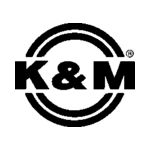



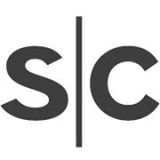







 Site Designed by
Site Designed by